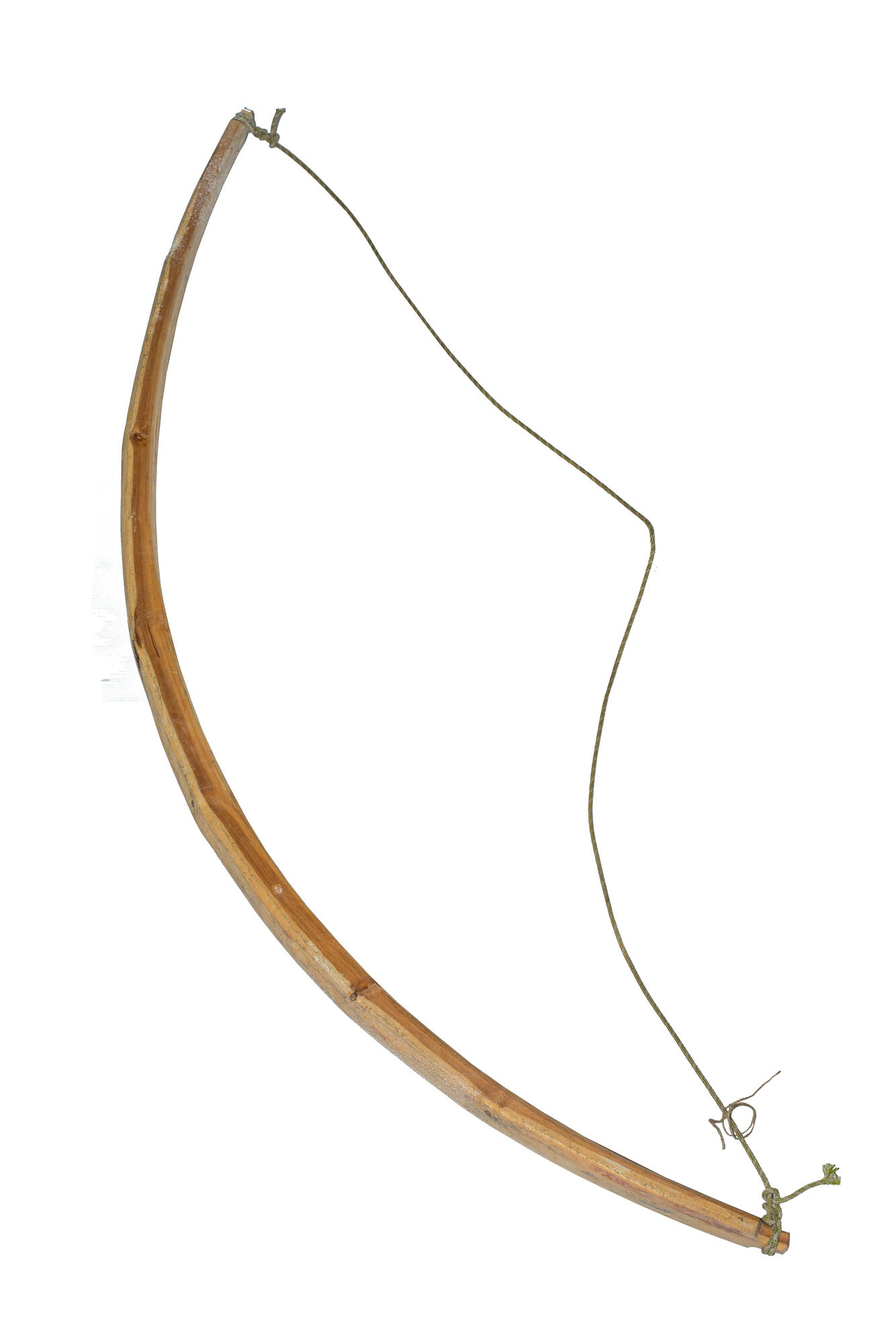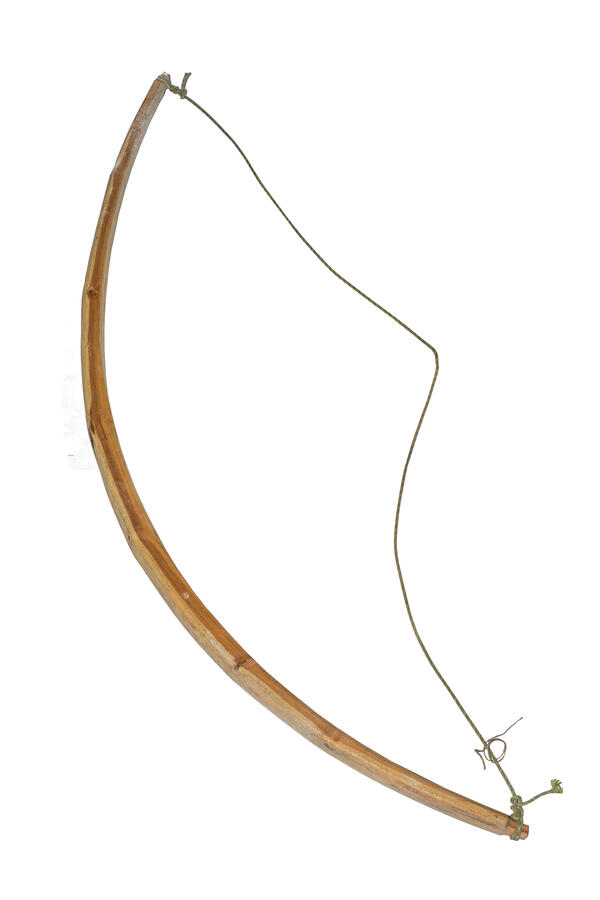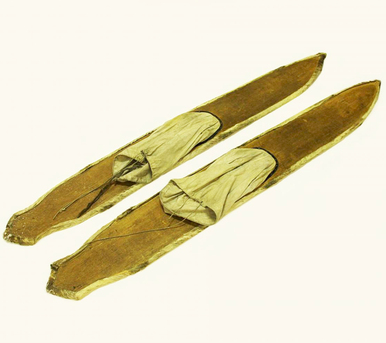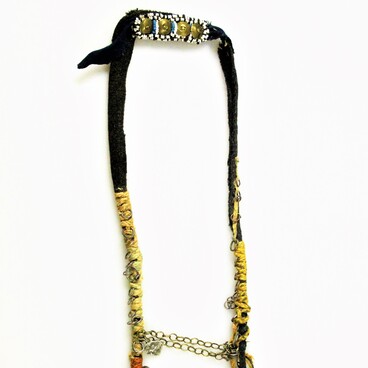Hunting is one of the ancient ways of getting food. For the indigenous peoples of Siberia, hunting has always been a tradition. It distinguishes them from amateur hunters.
The Khanty introduced children to household work and fishing from the age of five or six. From this age, they taught the boys to hunt. At first, children watched what their father was doing. Then, they listened to his explanations and later, took on easy assignments. Their fathers taught them how to behave in the forest and communicate with other hunters. A test for the boys was arranged before the first solo hunt: they had to prove that they could shoot accurately. If the boy did not pass the test, he was not allowed to hunt. A good hunter had to master different types of hunting: pursuit hunting, collective hunting, ambush hunting, and others. Being aware of the animals’ habits and habitats, hunters chose a way of hunting and a suitable tool.
The bow or sentry bow is a traditional hunting tool among the indigenous population of Western Siberia. The Salym Khanty made a bow from cedar and arrows from pine. The fletching was not used because the arrow was designed to fly a short distance.
For the elk hunting in autumn, fences were often arranged on narrow forest manes, the length of which reached 500 meters. Manes are long elevated areas among the swamps. Passing along the fence, the animals were forced to enter deliberately the passages where the bow was triggered.
The height of the bow placement was measured differently in each family, but it had to be placed so that the arrow hit the shoulder blade of the animal. Not far from the installed bow, the Khanty always put a pole with a warning sign to warn people not to enter the danger zone.
The exhibition “Ugra Heritage” displays a bow for elk hunting. It was cut from a naturally curved cedar branch; the ends are slightly pointed; notches were made at the edges for fastening the bowstring. The bow reaches 210 centimeters in height. It is known that this type of hunting is a thing of the past: the locals no longer use this method.
The Khanty introduced children to household work and fishing from the age of five or six. From this age, they taught the boys to hunt. At first, children watched what their father was doing. Then, they listened to his explanations and later, took on easy assignments. Their fathers taught them how to behave in the forest and communicate with other hunters. A test for the boys was arranged before the first solo hunt: they had to prove that they could shoot accurately. If the boy did not pass the test, he was not allowed to hunt. A good hunter had to master different types of hunting: pursuit hunting, collective hunting, ambush hunting, and others. Being aware of the animals’ habits and habitats, hunters chose a way of hunting and a suitable tool.
The bow or sentry bow is a traditional hunting tool among the indigenous population of Western Siberia. The Salym Khanty made a bow from cedar and arrows from pine. The fletching was not used because the arrow was designed to fly a short distance.
For the elk hunting in autumn, fences were often arranged on narrow forest manes, the length of which reached 500 meters. Manes are long elevated areas among the swamps. Passing along the fence, the animals were forced to enter deliberately the passages where the bow was triggered.
The height of the bow placement was measured differently in each family, but it had to be placed so that the arrow hit the shoulder blade of the animal. Not far from the installed bow, the Khanty always put a pole with a warning sign to warn people not to enter the danger zone.
The exhibition “Ugra Heritage” displays a bow for elk hunting. It was cut from a naturally curved cedar branch; the ends are slightly pointed; notches were made at the edges for fastening the bowstring. The bow reaches 210 centimeters in height. It is known that this type of hunting is a thing of the past: the locals no longer use this method.



